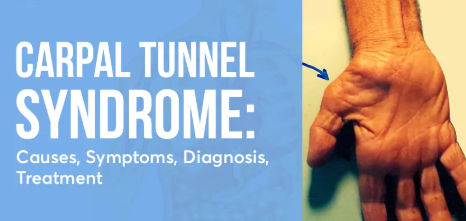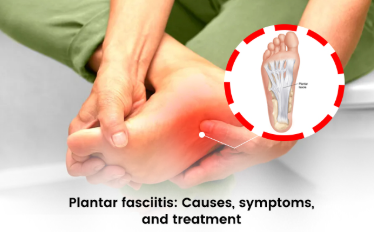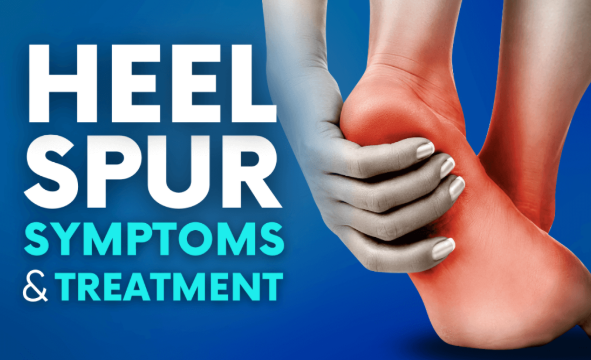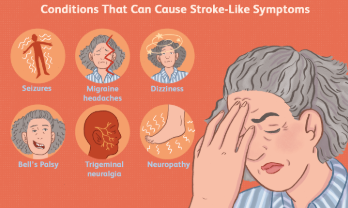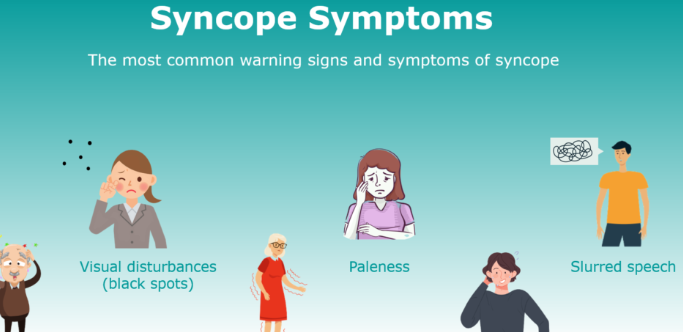Introduction
Fibromyalgia is a chronic pain condition that affects millions of people worldwide, causing widespread pain, fatigue, and cognitive issues. One of the most frustrating and misunderstood symptoms of fibromyalgia is post-exertional malaise (PEM)—a worsening of symptoms after even minor physical or mental exertion.
Unlike the normal muscle soreness or fatigue that people experience after exercise, PEM in fibromyalgia leads to extreme exhaustion, pain flare-ups, and cognitive impairment that can last for hours, days, or even weeks. This condition makes it difficult for people with fibromyalgia to engage in physical activity, leading to a cycle of inactivity, muscle deconditioning, and worsening symptoms.
Understanding why PEM happens, how to recognize its triggers, and how to manage it effectively can help individuals with fibromyalgia regain control over their daily activities.
1. What is Post-Exertional Malaise (PEM)?
Post-exertional malaise (PEM) is a delayed worsening of symptoms after any form of physical, emotional, or cognitive exertion. It is a hallmark feature of chronic fatigue syndrome (ME/CFS) but is also common in fibromyalgia.
Unlike normal fatigue, PEM is characterized by:
✔ An abnormal response to exertion—even light activities like walking or grocery shopping can cause extreme exhaustion.
✔ Delayed onset of symptoms—pain and fatigue may not appear until 24 to 48 hours after activity.
✔ Long recovery times—PEM symptoms can last for days or weeks, making it difficult to engage in daily life.
✔ Exacerbation of multiple symptoms—PEM can trigger a flare–up of pain, brain fog, dizziness, and unrefreshing sleep.
2. What Causes PEM in Fibromyalgia?
2.1 Central Nervous System Dysregulation
Fibromyalgia is associated with dysregulation of the central nervous system, meaning the brain and spinal cord overreact to pain and stress signals. This heightened sensitivity can cause normal physical exertion to be misinterpreted as a threat, leading to excessive pain and fatigue responses.
2.2 Mitochondrial Dysfunction and Energy Production Issues
Mitochondria are the energy-producing structures in our cells. Research suggests that individuals with fibromyalgia may have impaired mitochondrial function, leading to poor energy production and faster muscle fatigue. This explains why even small amounts of activity can feel draining and overwhelming.
2.3 Autonomic Nervous System Imbalance
The autonomic nervous system controls heart rate, blood pressure, digestion, and circulation. In fibromyalgia, this system is often dysregulated, leading to difficulty maintaining blood flow to the muscles during activity. As a result, even mild exertion can cause dizziness, weakness, and rapid fatigue.
2.4 Increased Inflammation and Oxidative Stress
Studies suggest that people with fibromyalgia have higher levels of inflammation and oxidative stress, which may contribute to PEM. Physical exertion in a dysregulated system can lead to a surge in inflammatory markers, causing muscle soreness, joint pain, and exhaustion.
3. Common Triggers of PEM in Fibromyalgia
✔ Physical exertion – Walking too far, carrying groceries, or doing household chores.
✔ Mental exertion – Working on a computer, problem-solving, or even social interactions.
✔ Emotional stress – Anxiety, frustration, or strong emotions can drain energy levels.
✔ Lack of sleep – Poor sleep quality makes the body more vulnerable to PEM.
✔ Sensory overload – Bright lights, loud noises, or busy environments can lead to fatigue.
4. How to Manage and Reduce PEM in Fibromyalgia
4.1 Pacing and Energy Conservation
✔ Use the “Spoon Theory” approach – Imagine you have a limited number of “spoons” (units of energy) each day. Plan activities carefully to avoid overexertion.
✔ Break tasks into smaller steps – Instead of cleaning an entire room, clean one section at a time with rest breaks.
✔ Use assistive tools – Walking aids, ergonomic chairs, and voice-to-text software can reduce physical strain.
4.2 The 50% Rule
✔ Only do 50% of what you think you can handle—if you feel like you can walk for 20 minutes, start with 10 minutes instead.
✔ Gradually build tolerance—increase activity levels slowly over weeks or months.
4.3 Adaptive Exercise Strategies
✔ Focus on low-impact activities – Stretching, gentle yoga, tai chi, and water therapy can help maintain mobility without overloading the system.
✔ Use a heart rate monitor – Keeping heart rate below 60% of your maximum can prevent overexertion.
✔ Rest before fatigue sets in – Stop before you feel completely exhausted to avoid triggering PEM.
4.4 Improving Sleep Quality
✔ Create a bedtime routine – A consistent sleep schedule and relaxation techniques (such as meditation or deep breathing) can improve sleep.
✔ Reduce stimulation before bed – Limit screen time and caffeine intake in the evening.
4.5 Managing Stress and Anxiety
✔ Practice mindfulness and meditation – Calming the nervous system can help reduce PEM episodes.
✔ Engage in deep breathing exercises – This can improve oxygen flow and relaxation.
5. When to Seek Medical Help
If PEM becomes debilitating or significantly affects quality of life, it may be time to see a doctor. They may recommend:
✔ Medications to manage pain and fatigue (e.g., muscle relaxants, sleep aids).
✔ Physical therapy to build endurance safely.
✔ Cognitive behavioral therapy (CBT) for stress management.
A team approach, including physicians, physical therapists, and occupational therapists, can help develop a personalized management plan.
6. Conclusion: Living with PEM in Fibromyalgia
Post-exertional malaise in fibromyalgia is one of the most challenging symptoms to manage, but with careful pacing, adaptive strategies, and self-care, it is possible to reduce its impact.
The key is to listen to your body, avoid pushing through exhaustion, and prioritize recovery. By understanding PEM and learning how to balance activity and rest, individuals with fibromyalgia can maintain a more stable quality of life while avoiding painful flare-ups.
Would you like a personalized pacing plan to help reduce PEM and improve daily function?

Click Here to Visit the Store and find Much More….
For More Information Related to Fibromyalgia Visit below sites:
References:
Fibromyalgia Contact Us Directly
Click here to Contact us Directly on Inbox
Official Fibromyalgia Blogs
Click here to Get the latest Chronic illness Updates
Fibromyalgia Stores


